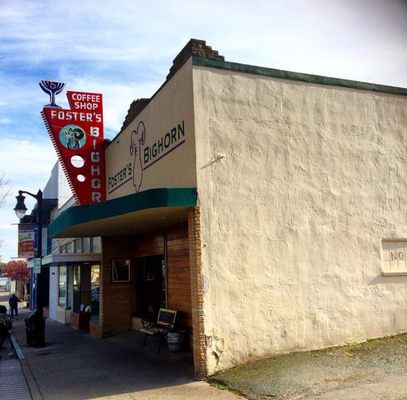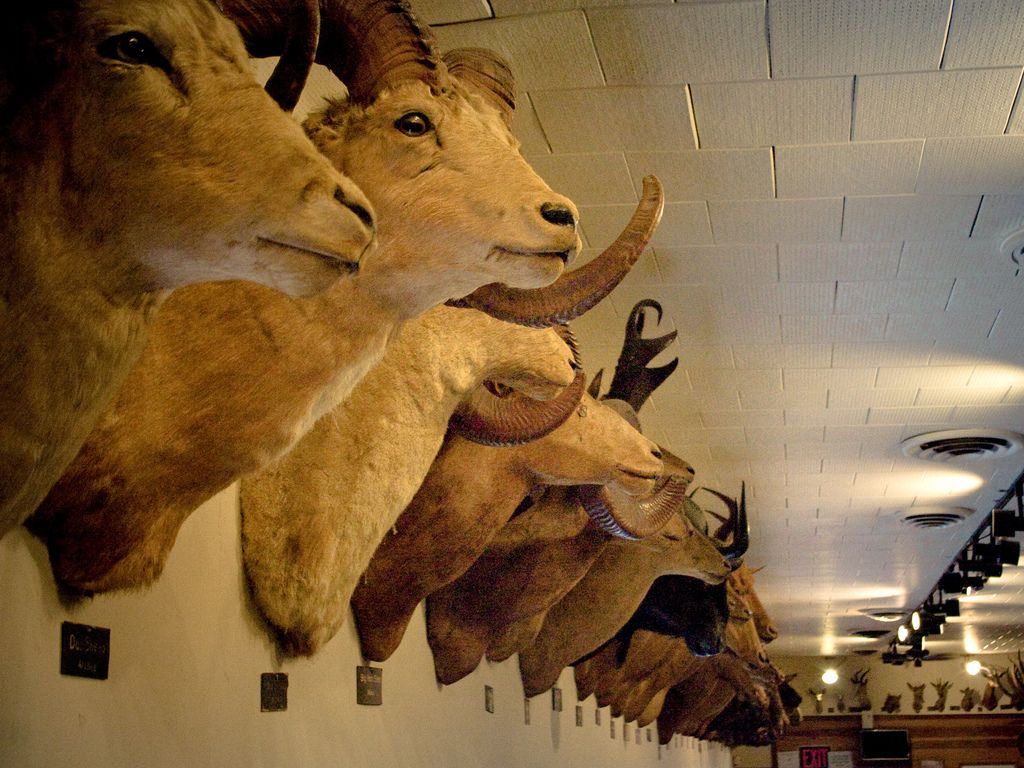About
At the turn of the last century, the American public was transfixed by exotic places and their exotic animal inhabitants, and clamored to get glimpses of big game creatures in the nation's newly established zoological parks in the Bronx, Washington, and San Diego. Bill Foster wanted to give the public a taste of African wildlife, but he had a different vision of how to share the continent's beasts with the world. He preferred his animals dead to alive.
In 1918, a young Bill Foster began apprenticing for Henry Snow -- one of the first African big game hunters and a founder of the Snow Museum, which later became the Oakland Museum of California -- to bring film of African wildlife back to the U.S.
Under Snow, Foster became a passionate large game hunter himself, and through the 1920s and 30s, he made eight trips to Africa and 10 to Canada and Alaska, bringing back hundreds of large game specimens to be taxidermied. Foster paid for these trips with the fortune he made as a prohibition-era bootlegger. Back home in 1931, he finally settled down and opened a bar to showcase his more than 300 taxidermy trophies.
Though Foster passed away in 1963, his wild game still hangs in the restaurant that bears his name. Among the specimens are an African Elephant mount, a walrus killed with a bow, a huge giraffe head, a number of ibex, and a pair of 76-inch wide moose antlers. In the words of one visitor:
"I love animals too and think a stuffed animal head on a wall is kind of appalling. But when there are 350 of them, it somehow goes from appalling to fascinating. There is really nothing like this anywhere else."
The bar and restaurant are open to visitors with beer on tap and dinner entrees ranging from $9-$25.
Related Tags
Community Contributors
Edited By
mbison, Kringle, Allison, Louchebonvivant...
Published
August 26, 2009















































